Tibet Weather in January
Season: Winter
In Tibet, January boasts an average high temperature of 2.53°C (36.55°F), sharply contrasting with an average low of -12.39°C (9.69°F), creating a pronounced diurnal temperature variation that can make even midday sun feel chilly and necessitates extra warmth during the frigid nights.
The month is also marked by negligible precipitation, fostering a predominantly sunny and dry climate that intensifies the vivid blue hues of the sky. With long hours of sunshine, the plateau is bathed in vibrant light, making every photo a masterpiece.
Averages for Tibet Weather in January
High Temperature: 3°C / 37°F
Low Temperature: -12°C / 10°F
Rainy Days: 2 days
Rainfall: 1mm
Sunrise: 8:45~8:51
Sunset: 19:07~19:31
Pro and Cons of Traveling to Tibet in January
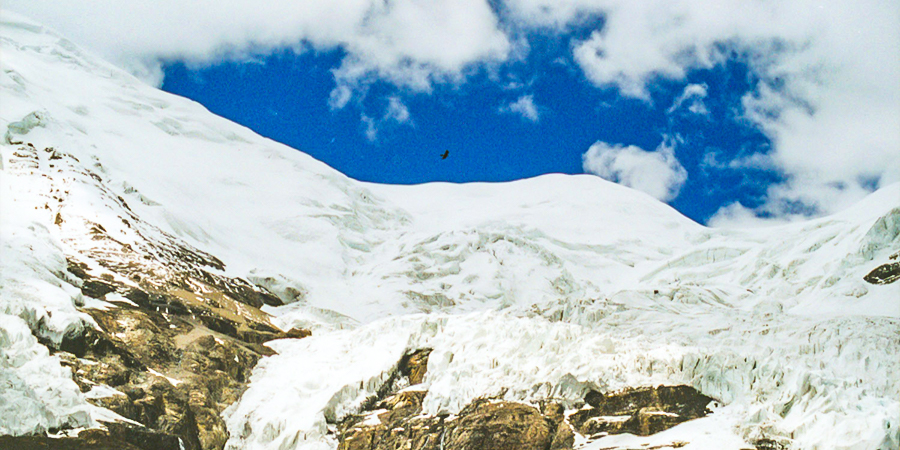 |
| Tibet Mountains in January |
Pro: Significant Savings on Travel Expenses
Cons:
What to Pack for a Tibet January Trip
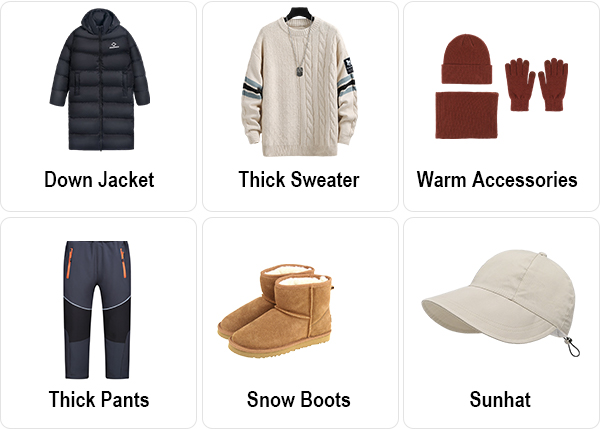 |
When engaging in activities on snowy terrain, the intense glare reflected by snow can harm your eyes. To reduce irritation, wear protective goggles or sunglasses with UV protection.
Top Things to Do in January
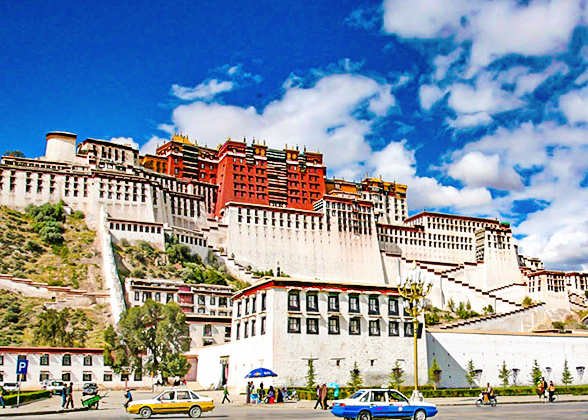 |
| Potala Palace in Tibet |
Nyingchi, with its mild winter and ample humidity, stands out as a rare oasis in Tibet. It's the perfect escape for travelers averse to cold or embarking on their first Tibet journey. Its natural wonders, including verdant Lulang Forest Sea and majestic Yarlung Tsangpo Grand Canyon, are all the more enchanting under a blanket of winter snow, offering a breathtaking spectacle that is truly unforgettable.
2. Admire Blue Ice in Lake Puma Yumco & Leigu Glacier
Lake Puma Yumco,hailed as the "Tibetan Baikal," embarks on its "Blue Ice Season" in late January, where the lake solidifies into a thick sheet of ice adorned with intricate cracks and frozen bubbles, granting visitors a magnificent scene.
Leigu Glacier ranks among the world's three largest marine glaciers outside the polar regions. In mid-to-late January, it boasts colossal fractured blue ice blocks and shimmering blue ice caves, transporting visitors to a realm reminiscent of a sci-fi film.
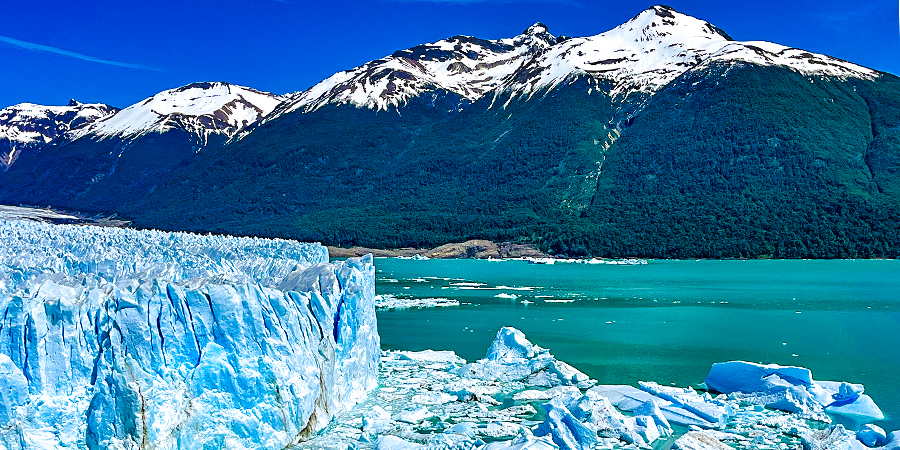 |
| Glacier in Tibet |
3. Partake in Tibetan New Year in Tsang in Shigatse
In January, locals in Shigatse celebrates Tibetan New Year in Tsang. During this festival, visitors can venture to the bustling New Year goods market on North Heilongjiang Road in Xangzhu District, where they can indulge in and purchase a variety of local delicacies and specialties. Among these, "Gutu" stands out as a must-try dish. These dumplings are crafted from a hearty stew and consist of dough balls, vegetables, radishes, yogurt curds, and yak meat broth, all simmered to perfection to create a mouthwatering experience.
In 2025, Tibetan New Year in Tsang is on January 30th.
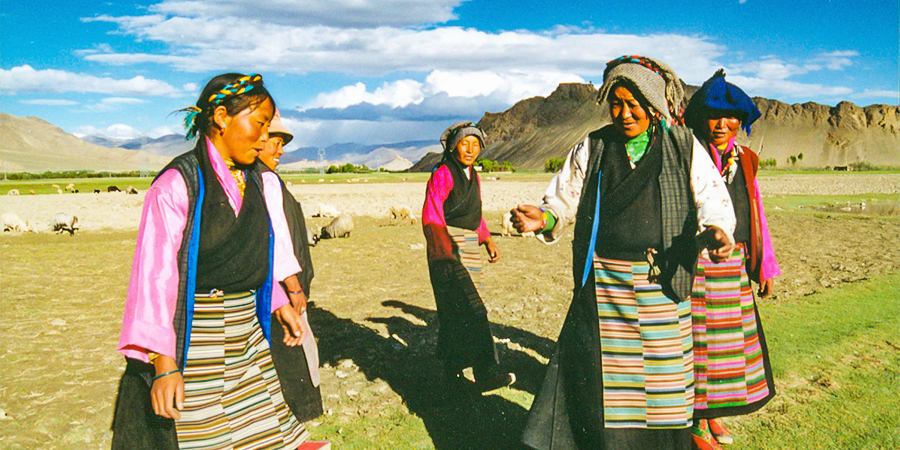 |
| Dancing in Tibetan Costume |
- Last updated on Nov. 04, 2024 by Jally Zhang -